Pages
Tutoriels
 Xano
Xano
Available from the Enterprise plan
This documentation guides you through the necessary steps to integrate Xano.
You will learn how to configure Xano and use its tables to power your applications.
Xano is a backend platform that allows you to create, manage, and leverage a database with powerful APIs. When paired with Zyllio, Xano provides a robust solution for creating efficient and complex applications.
Configure Xano
Table Configuration
In the Database section, create your tables according to the needs of your application.
For example, a Students table.


API Configuration
Access the Settings section of your workspace, then Manage.


Then, create a variable called API_KEY as follows.


You can set the key value as you wish. It is often recommended to use a key in the form of a complex alphanumeric string for added security.
For example: a1b2c3d4-e5f6-7890-gh12-ijklmnop3456
Configure Endpoints
To access Xano data from Zyllio, it is necessary to create 4 endpoints in Xano.
Endpoints
Type
Comment
Type
Comment
GET
Retrieve records
POST
Create a record
PUT
Update a record
DELETE
Delete a record
There are no rows in this table
If your application does not perform any modification operations, you can only set the endpoint type to GET.
Here are the steps applicable to the 4 endpoints.


Add an endpoint


Select CRUD database operations


Select the table

Select one the endpoint types


Click on Save
Secure Your Endpoints
Open the details of the endpoint to be secured, and click the Add function button.


Click on Add function


Select Utility Functions


Select Precondition


Click on Add Condition and input the following parameters
Remember to publish your endpoint and copy its URL for the following steps.


Copy the endpoint URL
Using Xano Tables in Zyllio
Once your application is created, select Settings then REST.


Click Enable to activate REST exchanges with other solutions such as Xano.
Add a configuration called Xano, for example.

Specify
Example


Import the Xano Table
From the Database tab, click import then REST.


Then select the Students endpoint and click Import.


You get a table where all the columns correspond to those in Xano.


Display the Xano Table
You can view and modify the content of the Xano table just like any table defined in your application.
Let's use a List screen to display the Students table.


Then select the Students table.


You get


Want to print your doc?
This is not the way.
This is not the way.

Try clicking the ⋯ next to your doc name or using a keyboard shortcut (
CtrlP
) instead.